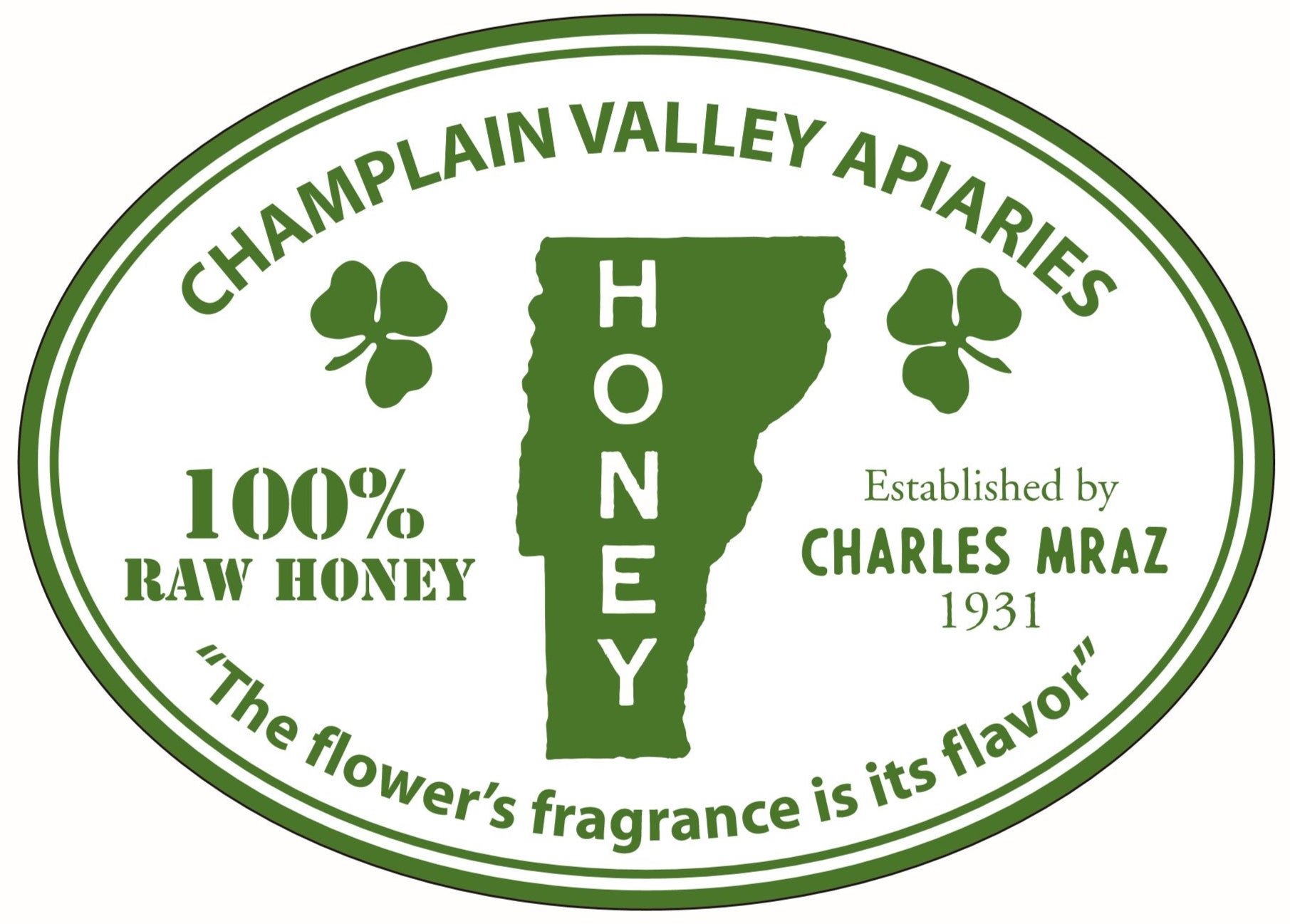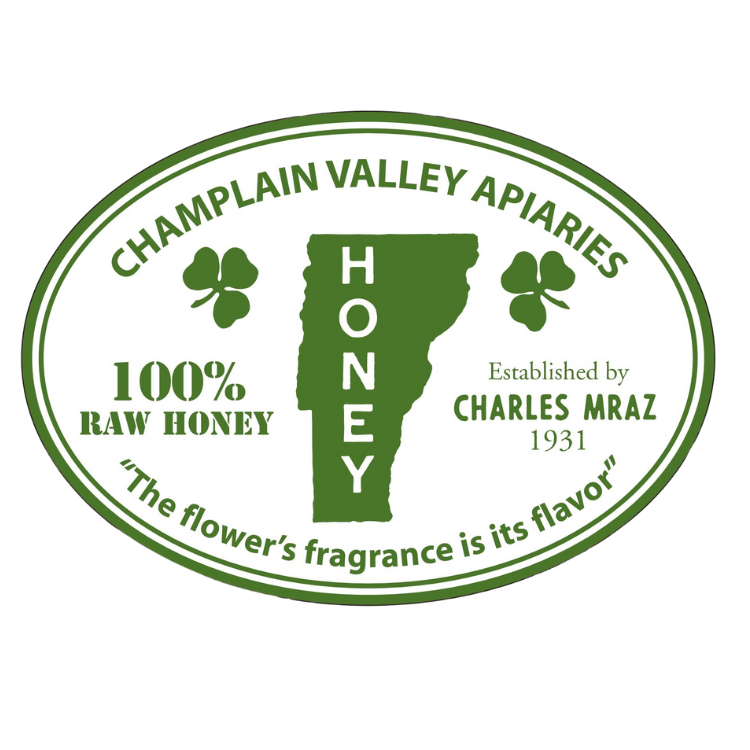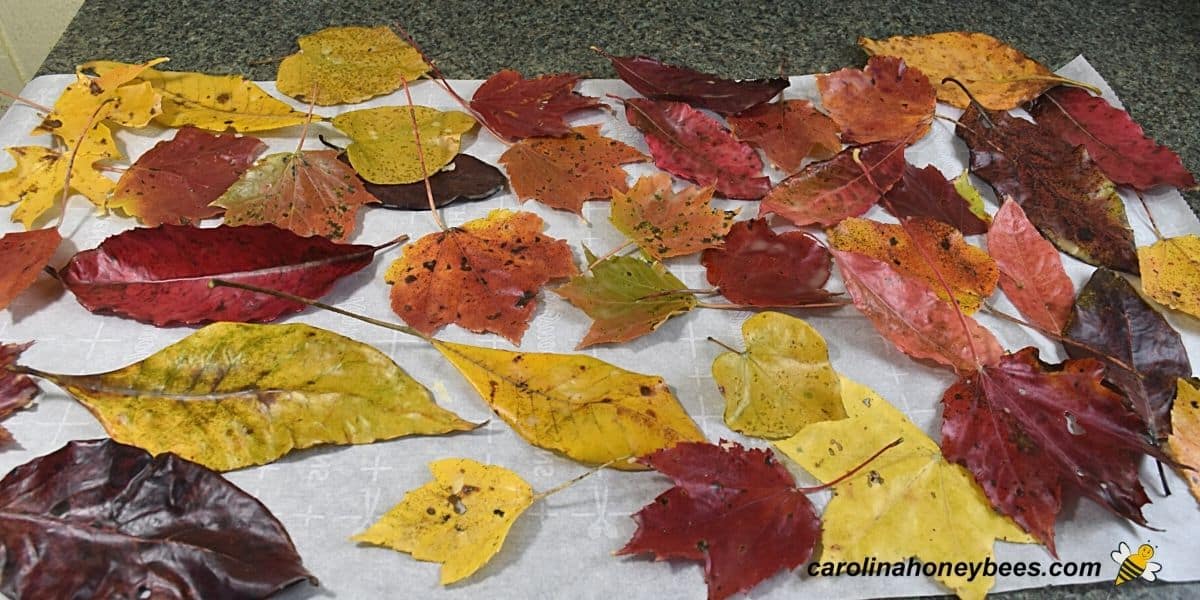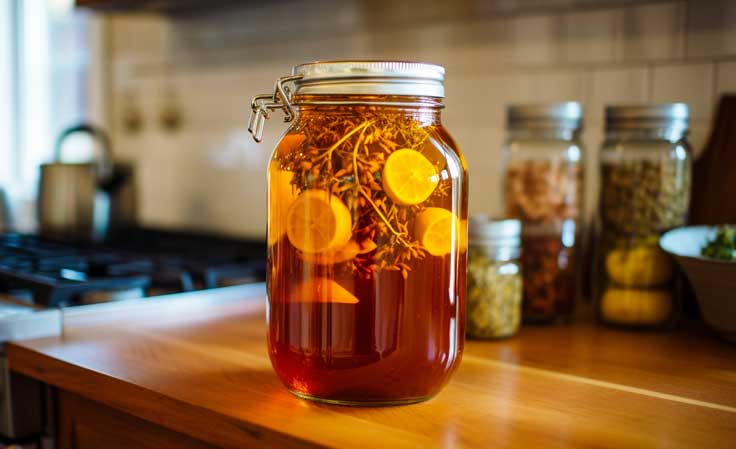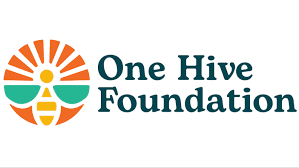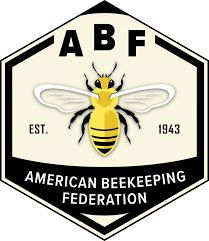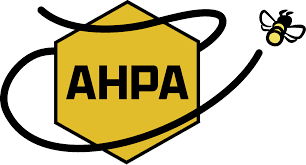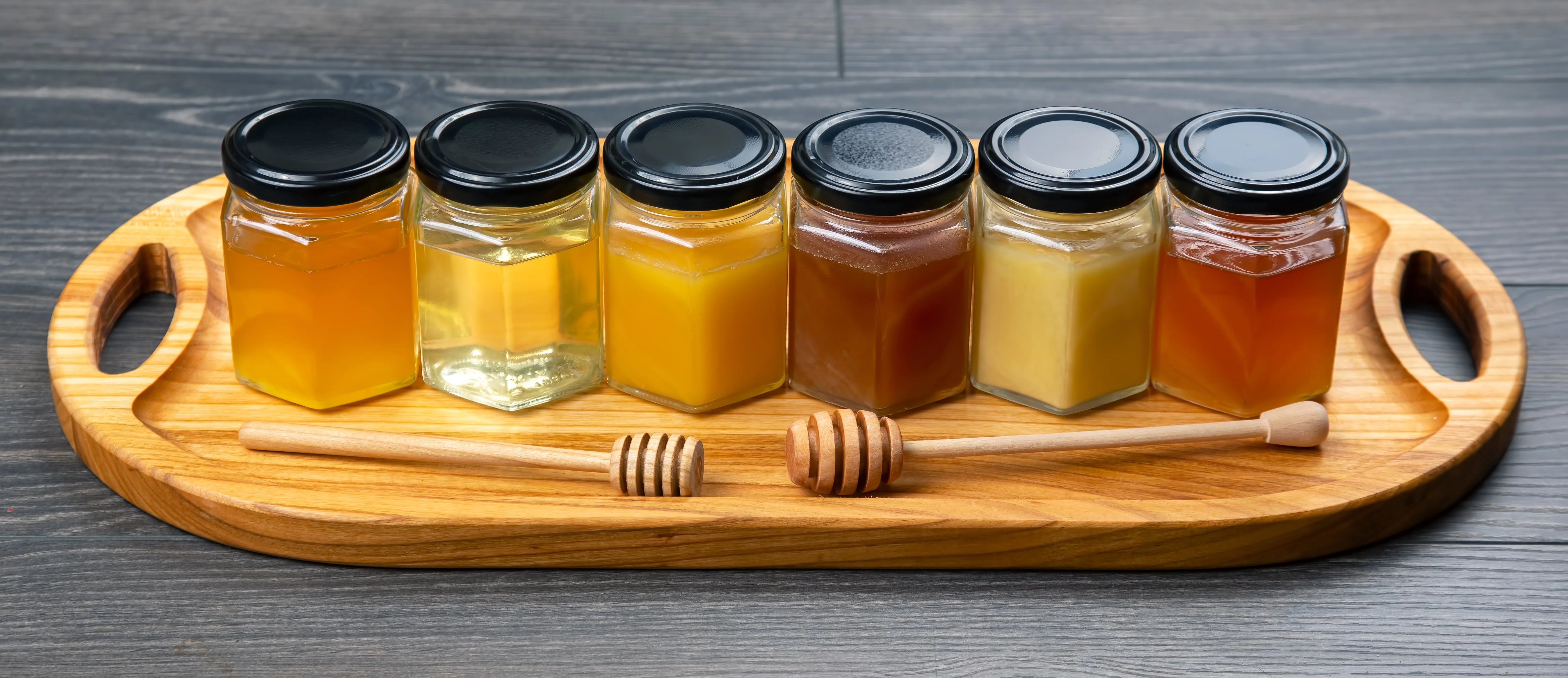
What Changes Honey's Color?
When you think of honey, you might imagine a golden, syrupy drizzle in your tea or on toast—but did you know that honey isn’t just golden and sweet? In fact, honey can range from nearly clear to dark amber, and its flavor can shift from floral and fruity to bold and earthy. The secret behind this beautiful variety? The season and the plants (flora) that bees forage on.
Let’s dive into the fascinating world of honey’s seasonal and botanical transformations.
🌼 The Role of Flora: What the Bees Are Eating Matters
Bees gather nectar from blooming flowers and convert it into honey. But just like grapes determine the taste of wine, the type of flower nectar directly influences the color, texture, and flavor of honey.
Here’s a snapshot of how Vermont blooms influence honey:
| Floral Source | Honey Color | Flavor Notes |
|---|---|---|
| Apple Blossom | Very light | Mild, fruity, floral |
| White Clover | Pale to light amber | Classic sweet, neutral |
| Basswood (Linden Tree) | Light | Delicate, minty or herbal |
| Wildflowers | Varies (usually medium amber) | Balanced, complex, reflects seasonal blend |
| Goldenrod | Dark amber | Bold, earthy, slightly spicy or pungent |
| Aster | Medium to dark amber | Rich, slightly bitter, autumnal |
🌱 How the Vermont Seasons Shape Honey
🌷 Spring (Late April – June)
-
Floral Sources: Apple blossoms, dandelions, willows, clover
-
Color: Light to pale amber
-
Flavor: Mild, floral, delicate
-
Why: Spring nectar sources are abundant but light. Bees are foraging from early bloomers, creating subtle flavors.
🌞 Summer (July – August)
-
Floral Sources: Clover, basswood, wildflowers, milkweed
-
Color: Medium amber
-
Flavor: Balanced, sweet, sometimes slightly herbal
-
Why: Mid-season flowers like basswood and clover offer more concentrated nectar. This is peak honey production time.
🍂 Fall (September – Early October)
-
Floral Sources: Goldenrod, aster, Japanese knotweed (invasive but heavily used), late-season wildflowers
-
Color: Dark amber to reddish
-
Flavor: Bold, robust, slightly bitter or pungent
-
Why: Fewer nectar sources, but the ones available produce potent nectar. Fall honey is thicker, darker, and richer.
🎨 Color = Clues
The color of honey gives strong clues about its origin and taste:
-
Light honey: More delicate, sweet, floral
-
Dark honey: Bolder, spicier, often with earthy or molasses notes
Dark honey (like that from goldenrod or knotweed) also tends to contain more antioxidants and trace minerals, making it popular for health-conscious buyers.

Honey isn't just a sweetener—it's a snapshot of the season, a taste of the land, and a tribute to the hard work of bees. Vermont’s seasonal blooms—from apple blossoms in spring to goldenrod in fall—make for a dynamic and deeply flavorful honey experience.
So next time you drizzle honey over your yogurt or stir it into tea, take a moment to consider: What season am I tasting?
